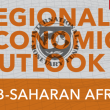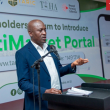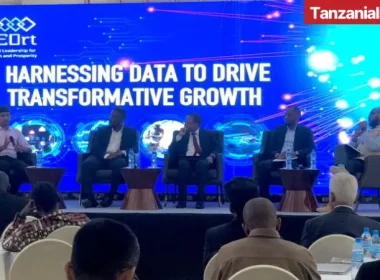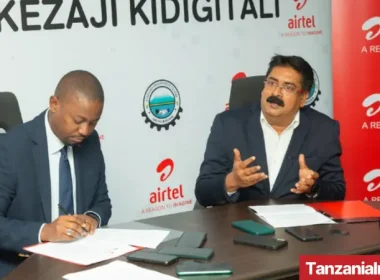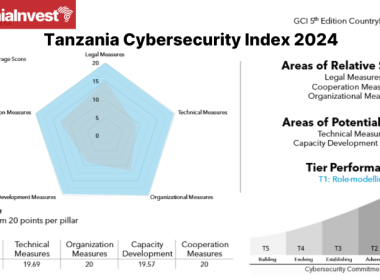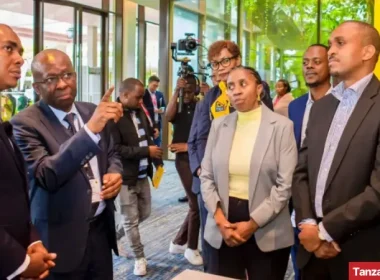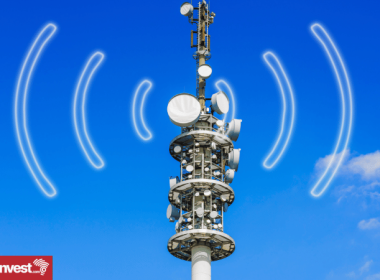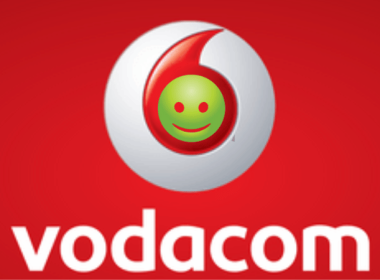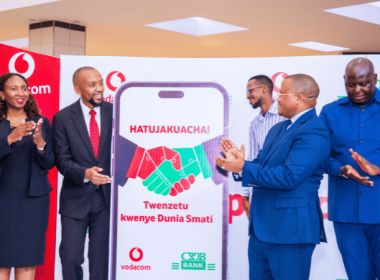Telecoms
The Tanzanian telecom sector contributed by 1.9% to the country’s real GDP in 2018 with USD 859 million, compared to USD 672 million in 2014, increasing by 28%.
The growth was attributed to the increase in airtime used by mobile phone customers and the expansion of broadcasting and internet services.
Tanzania Telecom Sector Regulation
Telecommunications in Tanzania are regulated by the Tanzania Communications Regulatory Authority (TCRA), which is a body set up by the Tanzania Communications Regulatory Act (2003).
Tanzania Converged Licensing Framework (CLF)
In 2005, the TCRA introduced the CLF to ensure regulatory flexibility, addressing market and technology developments, as well as efficient utilization of network resources and encouraging market entry of small-scale operators.
The CLF of Tanzania establishes four categories of licenses as follows: Network Facilities Providers (NF), Network Service Providers (NS), Application Service Providers (AS), and Content Service Providers (CS).
The four authorization categories are further divided into four geographic market segments: international, national, regional, and district market segments.
The licensing regime provides separate licenses for infrastructure and for services.
In the previous regime services, including internet provision were licensed individually. The CLF allows content service providers who do not own their own transmission facilities (network facilities) to deliver broadcasting services using licensed network facility operators.
According to TCRA, the CLF has been a catalyst in the development of communication network infrastructure, network services, applications, and content (radio and broadcasting).
Cybercrimes Act and Electronic Transactions Act
In 2015, the Government of Tanzania enacted the Cybercrimes Act and the Electronic Transactions Act. The two Acts were put in place to improve the confidence of financial institutions in information and communications technology (ICT) since the law is addressing e-services and cyber defense. The TCRA cites banks as the prime beneficiaries of the Acts as their activities are highly dependent on ICT.
Telecommunications in Tanzania
Tanzania Voice Subscriptions
Tanzania is the second-largest telecoms market in East Africa behind Kenya with a penetration of 86% of the total population in 2019 with 48 million users.
In the past five years, landline subscriptions decreased by 47%, from 142,819 in 2015 to 76,288 in 2019, while mobile subscriptions rose by 21%, from 39.7 million in 2015 to 47.1 million in 2019.
To date, there are seven landline and mobile operators in Tanzania: Airtel, Halotel, Smile, Tigo, Tanzania Telecommunication Company Limited (TTCL), Vodacom, and Zantel.
In June 2020, Vodacom had the largest share of telecom subscriptions with 31%, followed by Airtel (27%), Tigo (26%), Halotel (13%), Zantel (2%), TTCL (1%), and Smile (0.002%).
In June 2020 Tanzania introduced the Electronic and Postal Communications (SIM Card Registration) Regulations, 2020. The regulation makes it mandatory for users and owners of SIM cards in Tanzania to register by 30 June 2020 biometrically with their respective mobile network operators or authorized distributors, agents, or dealers by using a National Identity Card or a National Identity Number.
Tanzania Internet Services
Tanzania estimated internet users reached 29,071,817 in March 2021.
This represents a yearly increase of +8.3% from 26,832,089 estimated internet users in March 2020.
With a population of 58.01 million (WB data 2019), Tanzania has reached an internet service penetration of 50% vs 46% in 2019 (TCRA data).
More than 90% of Tanzanians access the internet through their mobile phones, and although mobile data prices are reasonably low, they remain unaffordable for segments of the population that mostly reside in rural areas, resulting in a large gap in Internet use between urban and rural areas.
In July 2020 Tanzania introduced the Electronic and Postal Communications (Online Content) Regulations, 2020. Under the regulations, a person shall only provide online content services after having obtained a licence from the Tanzania Communications Regulatory Authority (TCRA).
There are four categories of online content licenses: provision of predominant news and current affairs, provision of predominant entertainment content, provision of predominant education and religious content, and simulcasting license.
National ICT Broadband Backbone
The government of Tanzania is constructing the National Fibre Optic Cable network named National ICT Broadband Backbone (NICTBB) with a view to achieving its ICT vision.
The infrastructure will enhance the usage of ICT applications for sustainable socio-economic development including the implementation of e-government, e-learning, e-health, and e-commerce.
The Backbone is managed and operated by TTCL on behalf of the government, through the ministry of Communication and Information Technology (MCIT).
With 7,910 km of Optic Fibre Cable already constructed, the backbone has been extended to nine border points of Sirari, Namanga and Horohoro (Kenya); Mtukula (Uganda), Rusumo (Rwanda), Kabanga and Manyovu (Burundi), Kasumulu (Malawi) and Tunduma (Zambia) with a view to fulfill the Government’s commitment to connecting the landlocked countries to the International submarine cables landing in Dar es Salaam (currently SEACOM AND EASSy) and thereby making Tanzania a hub of ICT infrastructure and ICT solutions within the region.
Service providers in Rwanda, Burundi, Malawi, Zambia, Kenya, and Uganda have already connected to the backbone while operators in Zimbabwe and DRC will soon connect to the backbone.
Broadcasting Services in Tanzania
Tanzania was the first country in Africa to start the migration from analogue to digital TV transmission in December 2012.
The number of subscribers for paid TV services in Tanzania reached 2.7 million in 2019 compared to 1 million in 2015, representing an increase of 170%.
The number of broadcasting service providers amounted to 43 in 2019, 37 of which are Free to Air (FTA), 2 satellite TV, and 4 Digital Terrestrial Television (DTT) and Digital To Home (DTH).
Last Updated: 4 December 2021


